Planet Earth is the most unique planet in our galaxy (at least until we find another one which houses life). So unique in fact that it has taken us our whole existence to study it and we still don’t fully understand everything about it. Nevertheless, what we do know about our home planet is still pleasantly surprising. From the absurd amount of lightning strikes in a day to its varying gravity force these are 25 Earth facts that might surprise you.

25
The driest place on Earth would be Antarctica's Dry Valleys. It hasn't rained there for over 2 million years.
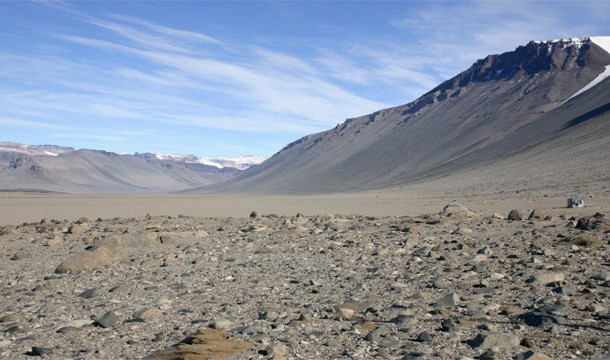
24
Wind transports 40 million tonnes of dust from the Sahara to the Amazon every year
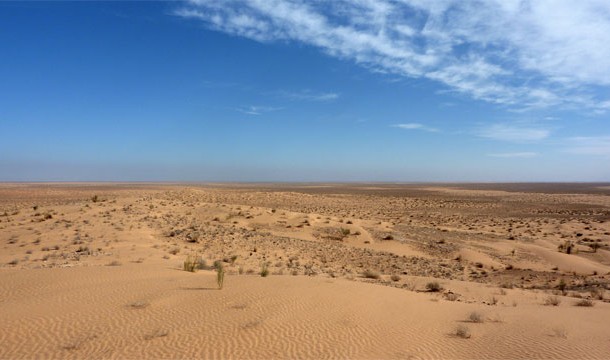
23
The temperature of the Earth's core is 5500 degrees celsius (9900 degrees fahrenheit). That is the same temperature as the surface of the sun
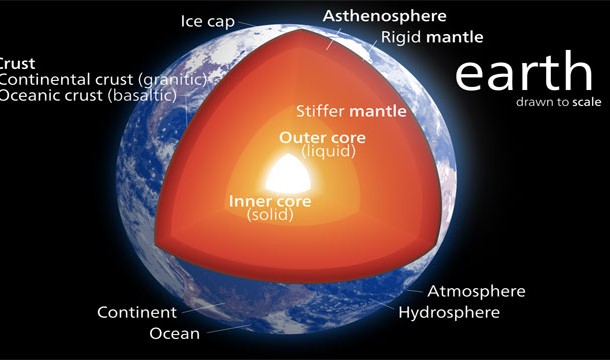
22
99% of the gold on Earth lies in its core
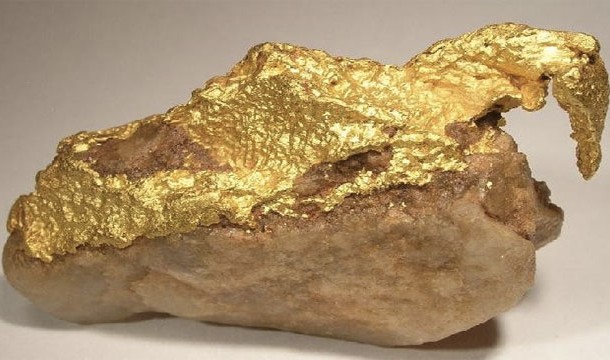
21
Earth is the only planet in the solar system with plate tectonics. Without them carbon would not be recycled and the Earth would overheat, something like Venus.
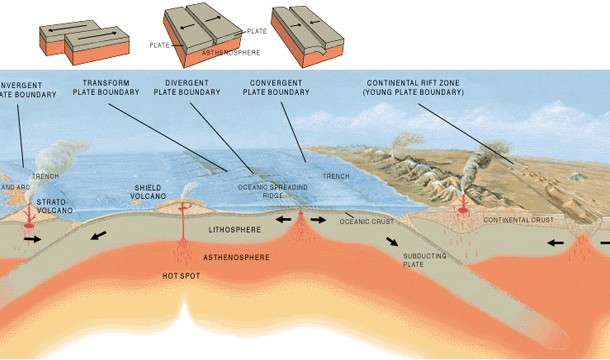
20
90% of all volcanoes on Earth are underwater
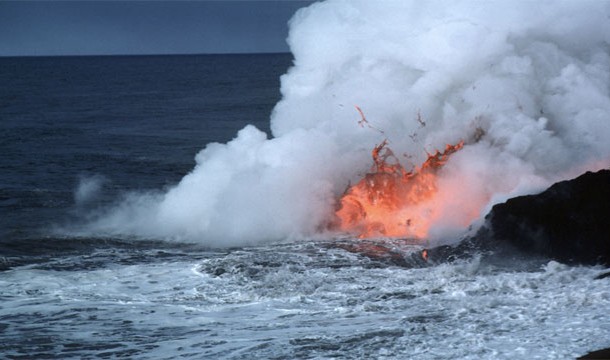
19
1 liter of saltwater contains 13 billionths of a gram of gold
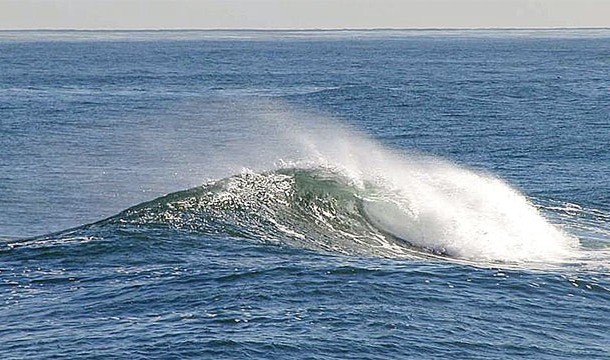
18
97% of the water on Earth is saltwater

17
70% of that remaining 3% is wrapped up in the polar icecaps
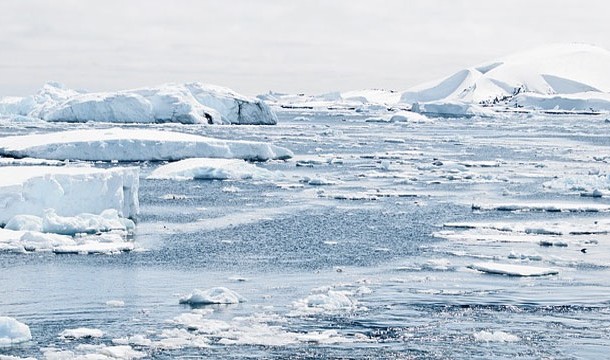
16
Most of the rest is either soil moisture or deep underground in inaccessible aquifers

15
Of the minute fraction of fresh water that is actually found in lakes and rivers, nearly 1/5 is all packed into one place - Lake Baikal in Russia.
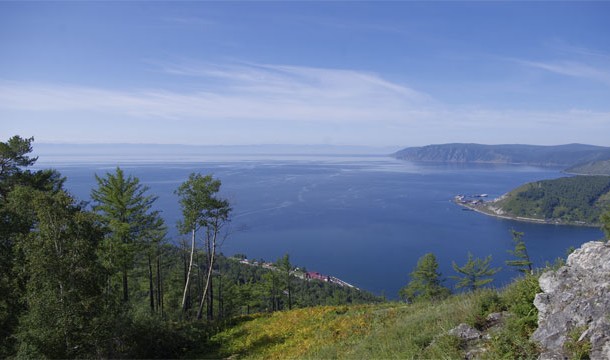
14
There are 8.6 million lightning strikes everyday
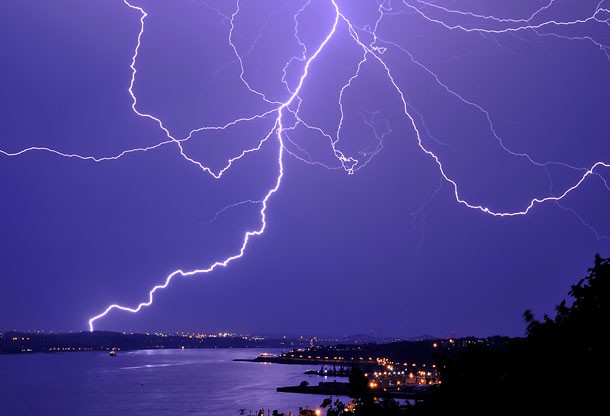
13
From a distance, Earth would be the brightest planet. This is because sunlight is reflected off the planet's water.
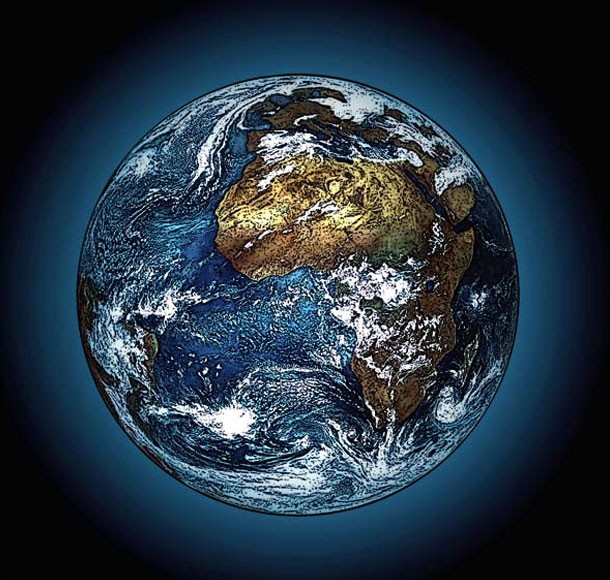
12
At 19 km (12 miles) high we encounter something known as the Armstrong Limit. This is where it becomes necessary to wear a spacesuit because due to the low pressure, water boils at body temperature.

11
A sad Earth fact: there are 38,000 man made objects orbiting the Earth
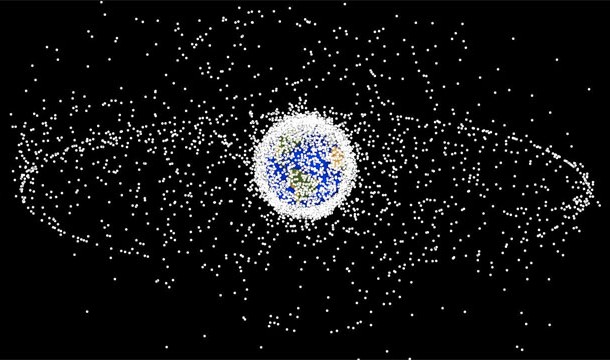
10
22,000 of them are larger than 10 meters
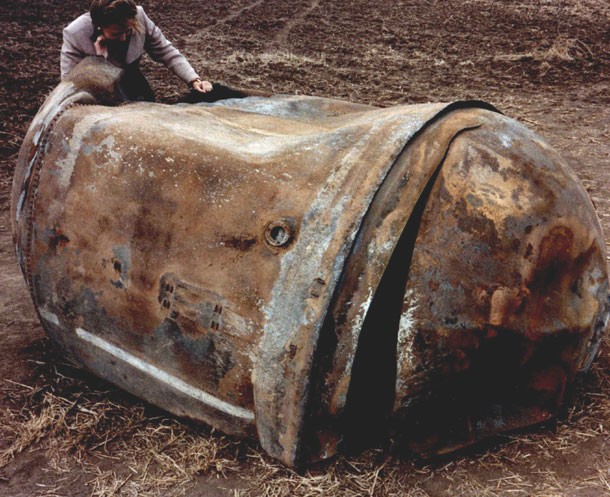
9
Every day at least one of them comes crashing back to Earth
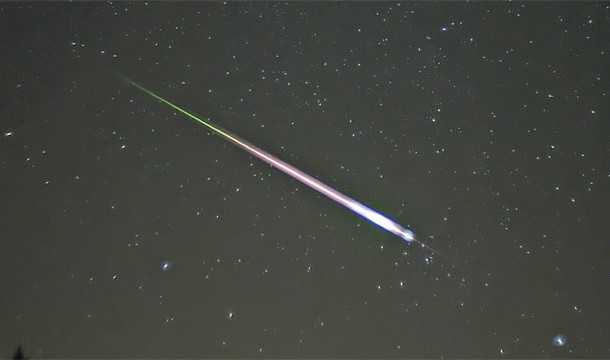
8
Technically there are not 24 hours in a day. The Earth only takes 23 hours, 56 minutes, and 4 seconds to spin on its axis. This is called a sidereal day.

7
Contrary to popular belief, the Great Wall of China is not visible from space. The air pollution in China is though. And so is the Great Barrier Reef.
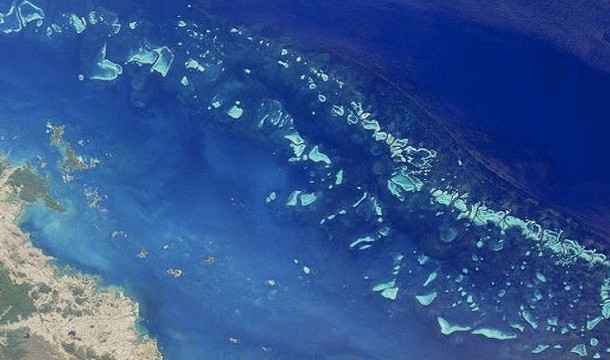
6
The farthest picture ever taken of Earth was from 3.7 billion miles and has been called The Pale Blue Dot
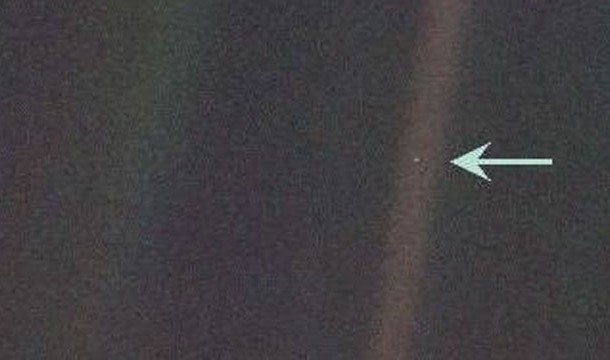
5
The ozone hole is actually shrinking and in 2012 it was smaller than it had ever been in the last decade
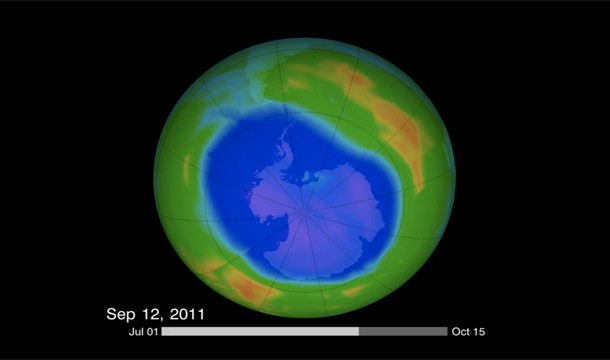
4
90% of garbage in the ocean is plastic
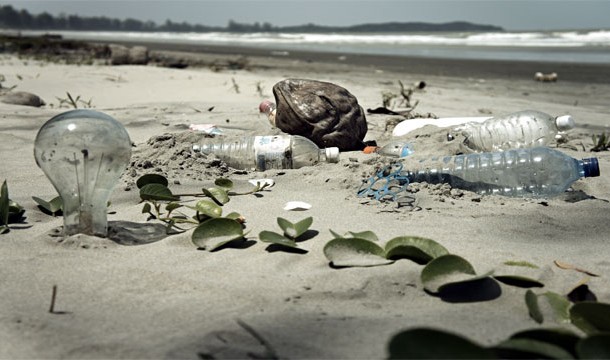 https://www.flickr.com/photos/epsos/5444678656/
https://www.flickr.com/photos/epsos/5444678656/ 3
The Earth is not a perfect sphere, due to the force of its spin the Earth actually bulges out around the equator

2
Because of this abnormality certain regions experience more or less gravity than others. One such area is Hudson Bay of Canada. The difference is very small though, only 0.005%
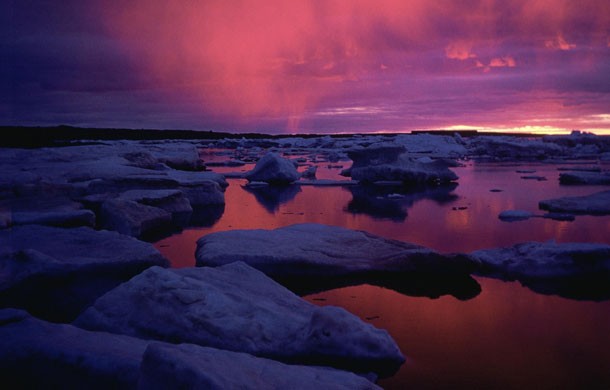
1
We know more about our universe than we do about our oceans or our Earth's core. In fact, 95% of the world's oceanic territory has still not been explored
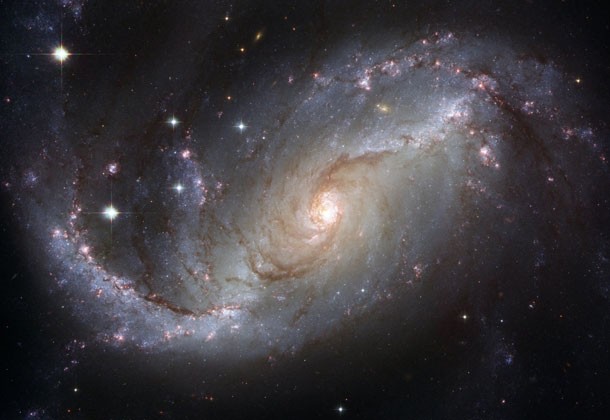 Image: Pixbay.com CC0 License
Image: Pixbay.com CC0 License 


























